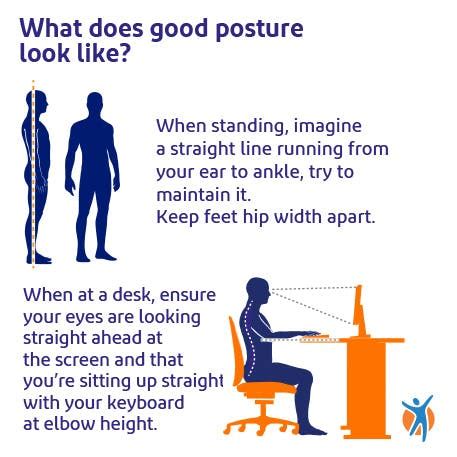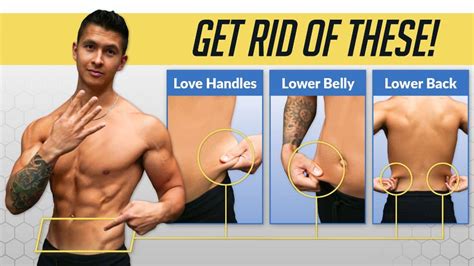Chronic back pain is a pervasive issue affecting millions, often stemming from habits and alignment problems we might not even notice: bad posture. The good news is that understanding, addressing, and correcting these postural imbalances can significantly alleviate discomfort and improve your overall quality of life. This guide will walk you through practical steps to fix bad posture and pave the way for a pain-free back.
Understanding Bad Posture and Its Impact
Bad posture isn’t just about looking slumped; it’s about the misalignment of your spine and joints, which places undue stress on muscles, ligaments, and discs. Over time, this chronic strain can lead to pain, stiffness, reduced mobility, and even nerve compression. Common culprits include a forward head, rounded shoulders, a slouched back, or an exaggerated lower back curve (swayback).
![Good Posture Vs. Bad Posture [Infographic]](/images/aHR0cHM6Ly90czIubW0uYmluZy5uZXQvdGg/aWQ9T0lQLmFFRl9zeWxtZFBsd1VQRFpNZDRqWVFIYUV5JnBpZD0xNS4x.webp)
Common Causes of Poor Posture
- Sedentary Lifestyle: Prolonged sitting, especially with poor ergonomic support.
- Weak Core Muscles: A weak core fails to support the spine adequately.
- Muscle Imbalances: Tight chest muscles and weak upper back muscles often contribute to rounded shoulders.
- Technology Use: “Tech neck” from looking down at phones and computers.
- Improper Lifting Techniques: Straining the back instead of using leg strength.
- Stress: Can lead to muscle tension and hunching.
Immediate Fixes: Awareness and Ergonomics
The first step to correcting posture is awareness. Start by consciously observing how you sit, stand, and move throughout your day.
Sitting Correctly
If you spend hours at a desk, your setup is crucial:
- Chair: Choose an ergonomic chair that supports the natural curve of your spine. Your feet should be flat on the floor, or on a footrest, with your knees at a 90-degree angle.
- Monitor: Position your monitor at arm’s length, with the top of the screen at eye level. This prevents “tech neck.”
- Keyboard and Mouse: Keep them close to your body to avoid reaching, which can strain shoulders. Your elbows should be at a 90-degree angle.
- Breaks: Stand up, stretch, and walk around for a few minutes every hour.
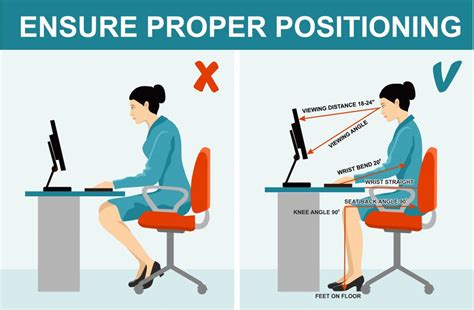
Standing Tall
When standing, imagine a string pulling you upwards from the crown of your head:
- Feet: Shoulder-width apart, weight evenly distributed.
- Knees: Slightly bent, not locked.
- Core: Gently engage your abdominal muscles, pulling your belly button towards your spine.
- Shoulders: Relaxed, pulled back and down, not hunched forward.
- Head: Chin parallel to the floor, ears directly over your shoulders.
Strengthening and Stretching Exercises
While awareness helps, building strength and flexibility is key to sustainable posture correction. Focus on strengthening your core, glutes, and upper back, while stretching tight chest and hip flexor muscles.
Key Exercises for Better Posture
- Wall Angels: Stand with your back against a wall, feet a few inches out. Press your lower back, head, and arms (bent at 90 degrees, palms facing forward) against the wall. Slowly slide your arms up and down, keeping contact with the wall.
- Scapular Squeezes: Sit or stand tall. Squeeze your shoulder blades together as if trying to hold a pencil between them. Hold for 5 seconds, release. Repeat 10-15 times.
- Plank: A fantastic full-body core strengthener. Hold a straight line from head to heels, engaging your abs and glutes.
- Bird-Dog: Start on all fours. Simultaneously extend one arm forward and the opposite leg backward, keeping your core stable and back flat.
- Chest Stretch: Stand in a doorway, place your forearms on the frame, and gently lean forward to open up your chest.
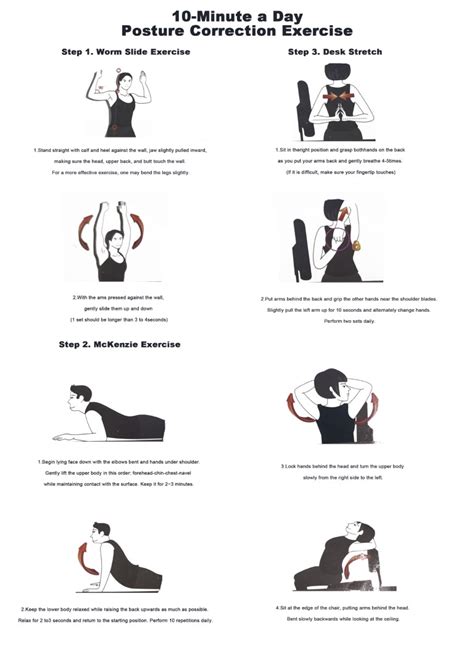
Daily Habits for a Healthier Spine
Integrating these habits into your daily routine will reinforce good posture.
- Check Your Sleep Posture: Sleep on your back or side with a supportive pillow that keeps your spine aligned. Avoid sleeping on your stomach.
- Wear Supportive Footwear: Shoes with good arch support can help maintain overall body alignment.
- Lift with Your Legs: When lifting heavy objects, bend at your knees, not your waist. Keep the object close to your body.
- Mindful Movement: Pay attention to your posture throughout the day – driving, cooking, or even brushing your teeth.
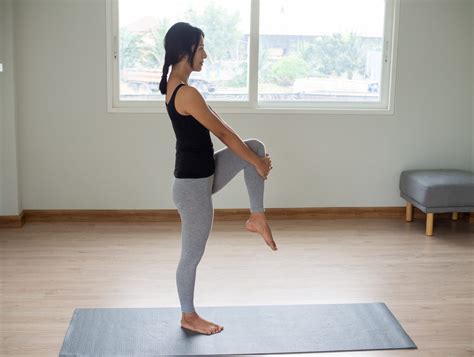
When to Seek Professional Help
While self-correction and exercises are highly effective, sometimes professional guidance is necessary. If your back pain is severe, persistent, or accompanied by numbness or weakness, consult a doctor, physical therapist, or chiropractor. They can diagnose underlying issues and provide a personalized treatment plan.
Conclusion
Fixing bad posture is a journey, not a destination. It requires consistent effort, self-awareness, and dedication to strengthening and stretching your body. By making conscious changes to your sitting and standing habits, incorporating targeted exercises, and maintaining good daily practices, you can significantly reduce back pain, improve your physical appearance, and boost your overall confidence and well-being. Start today, and give your back the support it deserves!
